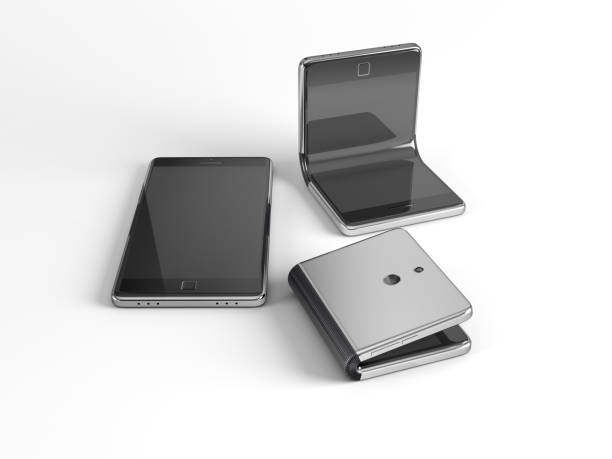Foldable Smartphones: Unfolding a New Era of Mobile Design
In the ever-evolving landscape of smartphone technology, a new contender has emerged to challenge the status quo: foldable smartphones. These innovative devices are turning heads and sparking conversations about the future of mobile design. With their ability to transform from compact phones into tablet-sized screens, foldable smartphones are pushing the boundaries of what we thought possible in mobile computing. But are they just a passing fad, or do they represent the next big leap in smartphone evolution?

Samsung was among the first major players to enter the foldable smartphone market with the Galaxy Fold in 2019. Despite initial setbacks and durability concerns, the company persevered, refining its designs and paving the way for a new category of devices. Other manufacturers, including Huawei, Motorola, and more recently, Google, have also thrown their hats into the ring, each bringing their unique take on the foldable form factor.
The Technology Behind the Fold
At the heart of foldable smartphones lies the flexible display technology. These screens are typically made from plastic or ultra-thin glass substrates that can bend without breaking. The displays are coupled with sophisticated hinge mechanisms that allow the device to fold and unfold smoothly while protecting the delicate screen.
One of the biggest challenges in creating foldable smartphones has been ensuring the durability of the folding mechanism and the display itself. Early models faced issues with debris entering the hinge and damaging the screen, or the screen developing a crease along the fold line. Manufacturers have since developed various solutions, including brush-like structures to keep out particles and improved screen materials that are more resistant to creasing.
The User Experience Reimagined
Foldable smartphones offer a unique user experience that blends the best of both worlds – the compact form factor of a traditional smartphone and the expansive screen of a tablet. When folded, these devices are pocket-friendly and easy to use with one hand. Unfolded, they provide a larger canvas for multitasking, content consumption, and productivity.
This versatility has led to the development of new user interface paradigms. For example, Samsung’s One UI and Google’s Android 12L are designed to take advantage of the larger screen real estate, offering enhanced multitasking capabilities and optimized app layouts. These adaptations are crucial in ensuring that the foldable form factor isn’t just a gimmick, but a genuinely useful feature that enhances the user experience.
Market Impact and Consumer Adoption
While foldable smartphones have generated significant buzz in the tech world, their impact on the broader smartphone market has been relatively limited so far. High prices have been a major barrier to widespread adoption, with many foldable models costing well over $1,000. The Samsung Galaxy Z Fold3, for instance, launched with a price tag of $1,799, putting it out of reach for many consumers.
However, as with many new technologies, prices are expected to come down as manufacturing processes improve and competition increases. Some analysts predict that foldable smartphone shipments could reach 100 million units by 2025, indicating growing consumer interest and market potential.
The Future of Foldables
As foldable smartphone technology continues to mature, we can expect to see further innovations in design and functionality. Some potential developments include:
-
Improved durability and water resistance
-
Enhanced stylus support for productivity applications
-
Advancements in flexible battery technology
-
More diverse form factors, including tri-fold and rollable designs
-
Integration with emerging technologies like augmented reality
While it’s still too early to declare foldable smartphones as the definitive future of mobile devices, they represent an exciting new direction in smartphone design. As manufacturers continue to refine the technology and address current limitations, foldable smartphones could become increasingly mainstream, offering users new ways to interact with their devices and blurring the lines between smartphones and tablets.
In conclusion, foldable smartphones are more than just a novelty – they’re a bold reimagining of what a mobile device can be. As the technology evolves and prices become more accessible, we may find ourselves on the cusp of a new era in mobile computing, where our devices adapt to our needs rather than the other way around. Whether foldable smartphones will become the new standard or remain a niche product for tech enthusiasts remains to be seen, but one thing is clear: the mobile landscape is changing, and the future looks foldable.





